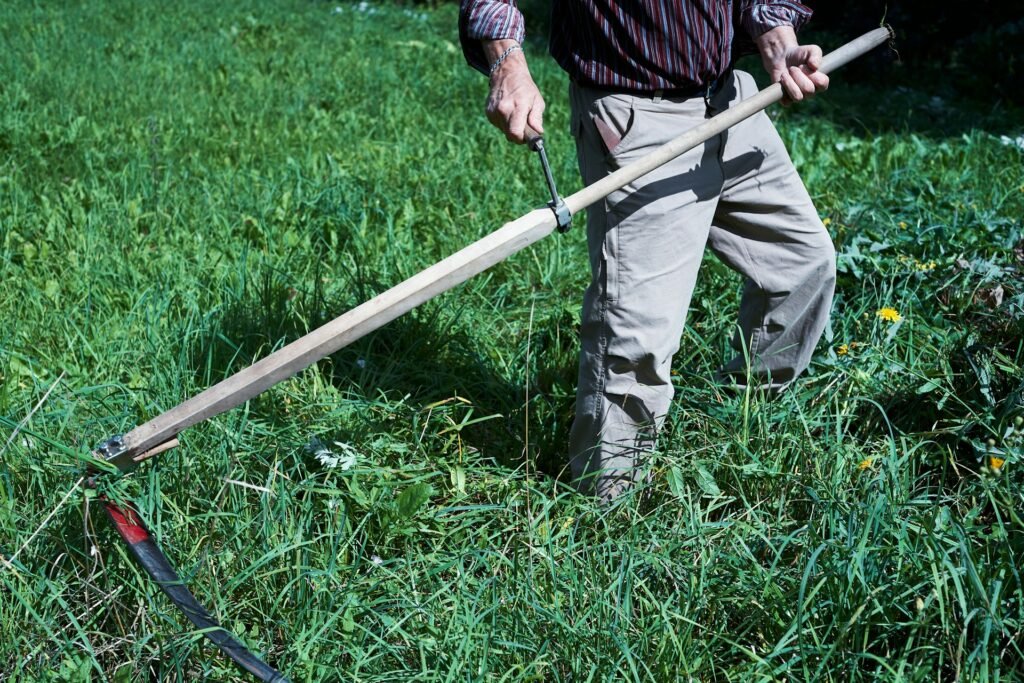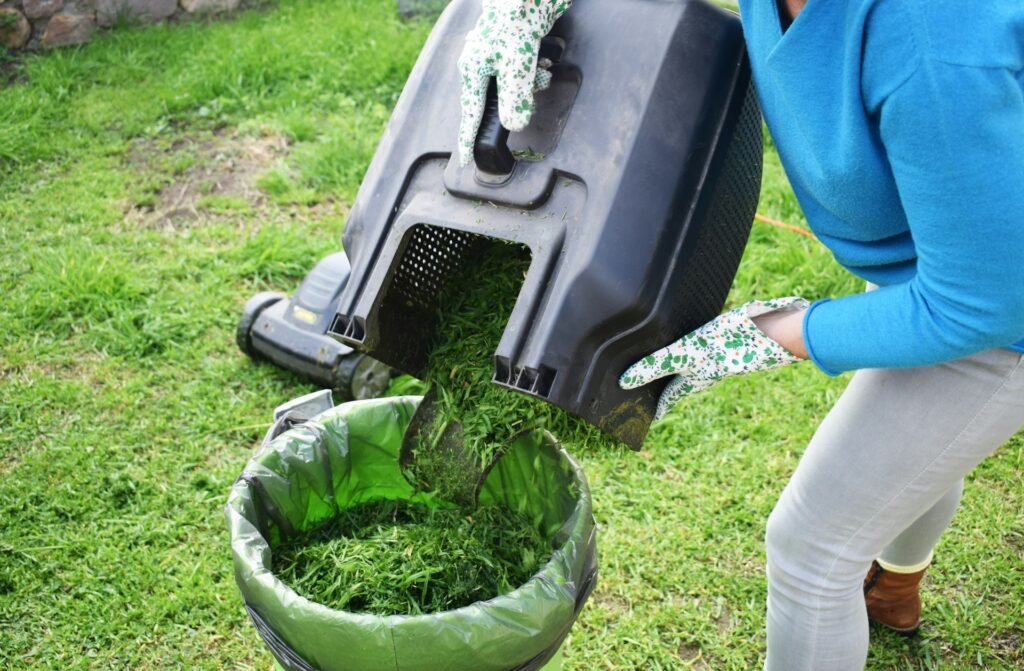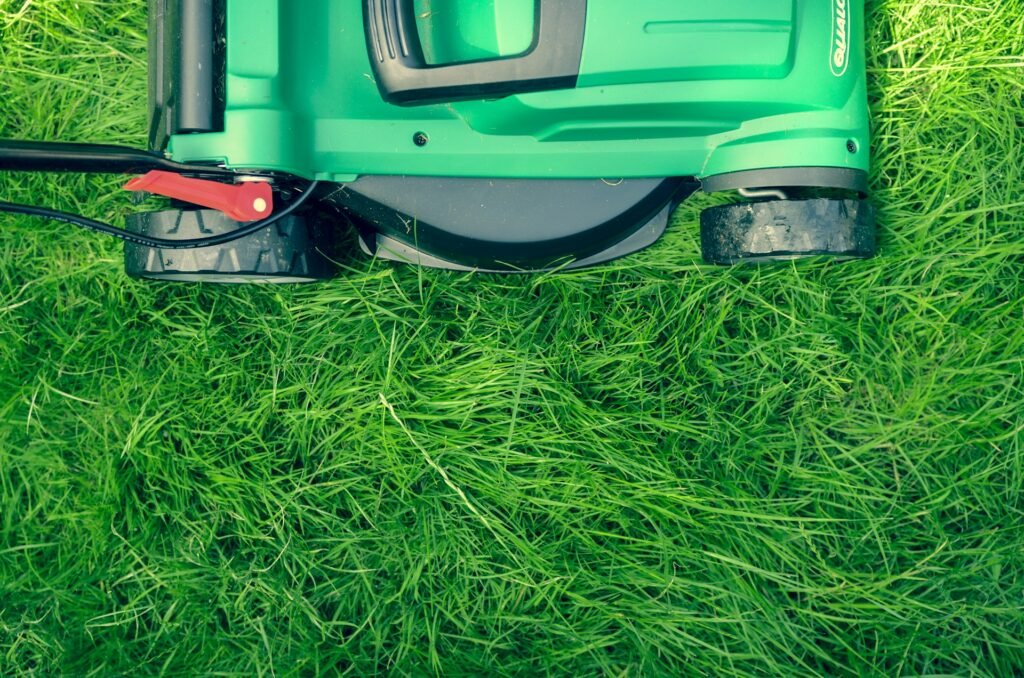For those seeking a lush, vibrant lawn, the use of high-quality compost can be a game-changer. This natural amendment is particularly beneficial for varieties such as St Augustine, renowned for its thick, carpet-like quality. When applied properly, compost has the potential to enhance the health and aesthetics of grass, unlocking the full green potential of any lawn.
Understanding the Role of Compost in Lawn Care
Integrating a lawn with compost is foundational to achieving a healthy lawn. It can significantly improve the health of your grass, leading to a robust and resilient turf that stands the test of time.
In a symphony of decomposition, kitchen scraps, and other organic materials break down through microbial activity. This process transforms waste into a nutrient-rich resource suitable for enhancing soil quality.
Compost works its magic by improving soil health, helping it retain moisture, and fostering plant growth. These benefits are vital for a well-nourished and hydrated lawn.
The Environmental Upsides of Composting on Lawns
Applying compost on your lawn not only nurtures the grass but also contributes to the environment by promoting a healthy ecosystem.
Supporting Beneficial Insects and Wildlife
Compost attracts a plethora of beneficial insects and wildlife that play a critical role in the ecological balance of a garden, aiding in pollination and natural pest control.

The Grass-Growing Benefits of Compost
A lawn with compost becomes a dynamic environment that bolsters the health of your grass, transforming an ordinary yard into a verdant oasis.
Improved Soil Structure and Water Retention
Adding compost to your lawn enhances the soil structure, making it more friable for plant roots and improving its capacity to retain water, crucial for a thriving lawn.
Boosting Microbial Activity and Nutrient Enrichment
Healthy soil teems with life; adding high-quality compost increases microbial activity, which in turn enriches the ground with plant-available nutrients, laying the foundation for healthier soil.
Adding Vital Organic Matter to the Soil
Compost is an excellent source of organic matter, vital for maintaining the soil’s fertility and structure, thus ensuring long-term lawn vitality.
Selecting the Right Compost for Your Grass
Choosing the right compost involves understanding the specific needs of your grass and soil. It’s about finding a blend of organic materials that will spread the compost effectively and enrich the soil.
The Criteria for Compost Quality
Quality compost should enhance both lawns and gardens, with a balanced composition of nutrients and organic matter that promotes sustained growth and health.
Organic vs Inorganic Composts
When selecting compost for grass, understanding the difference between organic and inorganic options is crucial. Organic composts, including mulching grass clippings and leaves, provide a slow release of nutrients that will feed the lawn continuously for many weeks, making them ideal for warm-season grasses. They minimize nutrient-burn concerns that come with synthetic fertilizers. In northern regions where cool-season grasses dominate, these organic materials decompose between the key growth periods of Labor Day and Thanksgiving, before winter dormancy sets in. In contrast, inorganic products like Milorganite will feed the lawn continuously without the weeks between applications required for organic compost, but they may not support the soil’s ecosystem as effectively.
Preparing Your Lawn for Composting
Proper lawn preparation is a prerequisite for topdressing with compost. It ensures optimal nutrient absorption, moisture retention, and healthy growth. By creating the right environment, compost can work its magic, transforming your lawn into a lush, green oasis.
Conducting a Soil Test
A soil test provides insight into your lawn’s needs before adding compost to your lawn. It reveals pH levels and nutrient deficiencies, allowing you to tailor the organic matter to benefit plant roots and overall soil health.
Calculating the Required Amount of Compost
Determining the right amount of compost is key to avoid smothering the grass blades. A general guideline is to use about a half-inch layer of compost for every 1,000 square feet of lawn to ensure grass health and vitality.
Timing for Optimal Compost Application
The best time for applying compost to warm-season grasses is during their peak growing periods. This ensures the nutrients support vigorous growth and the lawn recovers quickly from any disruption caused by the application process.
Pre-Application Lawn Preparation
Before spreading compost, it’s essential to mow the lawn and address any issues with proper drainage. This preparation helps the soil surface to readily accept the compost, ensuring better integration with the existing soil.

Mastering the Application of Compost on a Lawn
Even distribution of compost is key to avoid creating a thick layer that smothers the grass. By ensuring compost is distributed evenly, your lawn each season will benefit from the rich organic fertilizer and minerals it provides.
Raking It In for Even Distribution
After applying compost, raking helps to spread it evenly across the lawn. This step is essential to avoid blocking sunlight and air from reaching the grass beneath and ensures the compost is integrated properly into the soil.
Utilizing Spreaders for Efficiency
A broadcast spreader can significantly improve the efficiency of compost applications. It allows for quick and even distribution of compost across large areas, saving time and labor.
Sectional Work to Ensure Coverage
Working in sections is a practical approach to ensure full coverage when applying compost. This method helps to prevent missed spots and guarantees that every part of the lawn benefits from the compost’s nutrients.
Watering Post-Application: The Final Touch
Watering the lawn after applying compost helps to settle the organic material into the soil. This final step is essential to encourage compost integration and to maintain the grass blades’ health post-application.
When and How to Integrate Organic Fertilizers
In cooler northern regions where mulching grass clippings is common, integrating organic fertilizers helps to sustain the lawn continuously for many weeks. Products such as Milorganite will feed the lawn consistently, without the nutrient-burn concerns that come with synthetic fertilizers. For cool-season grasses that dominate these areas, the application of organic fertilizers is especially beneficial during active growth periods, avoiding the risk of nitrogen overload.
Balancing Compost With Additional Nutrients
While compost alone can enrich the soil, additional nutrients may be necessary for optimal lawn health. Compost produced through a hot composting process, such as piles of compost that include horse manure, can provide a balanced application of compost, enhancing soil fertility and plant vigor.
Identifying the Need for Supplementary Fertilization
While compost adds essential organic matter to the soil, sometimes additional fertilization is needed to balance the nutrient profile. If compost is used alone, it’s important to ensure that compost contains the primary nutrients and an array of micronutrients to naturally feed a lawn. However, if a soil test indicates deficiencies, supplemental fertilizers can provide these critical nutrients. Gardeners should be aware that using too much compost can smother the grass, so it’s crucial to apply compost at recommended rates, typically one cubic yard of compost for every 25 square feet of lawn.
Tackling Frequently Asked Questions
Homeowners often wonder if kitchen scraps can be used directly as compost on your lawn. While kitchen scraps are an excellent source of nutrients, they should be properly composted before application to avoid attracting pests. Similarly, food scraps should not be scattered raw on the lawn but composted first. It is also asked if chemical fertilizers can be used alongside compost, and while they can, it’s advisable to favor compost to foster healthier soil and reduce reliance on synthetic products.

Nurturing Your Lawn Naturally: Final Insights and Tips
For those seeking a healthier lawn, integrating compost into lawn care practices is a key step. Compost adds organic matter, vital for improving soil structure and fertility. To complement composting, overseeding a lawn can encourage denser growth, and mulching your grass can provide a continuous source of nutrients as clippings decompose. Embracing these sustainable practices contributes to growing a greener world, one lawn at a time.
Summarizing the Perks of Composting for Greener Grass
Applying compost to garden beds and lawns can significantly boost the growth of grass. The rich organic material in compost not only enhances soil quality but also supports an organic lawn care approach, promoting a more vibrant, resilient turf.
Incorporating compost into lawn care routines embodies a commitment to sustainable gardening. By using organic materials, gardeners can minimize their environmental footprint, enrich the soil, and foster a living ecosystem beneath their feet, leading to a more vigorous and sustainable lawn over time.
Regular application of compost helps to maintain a lawn’s health throughout the seasons. By providing a steady influx of organic matter and nutrients, compost supports the soil’s biology and structure, ensuring that grass has what it needs to thrive all year round.


